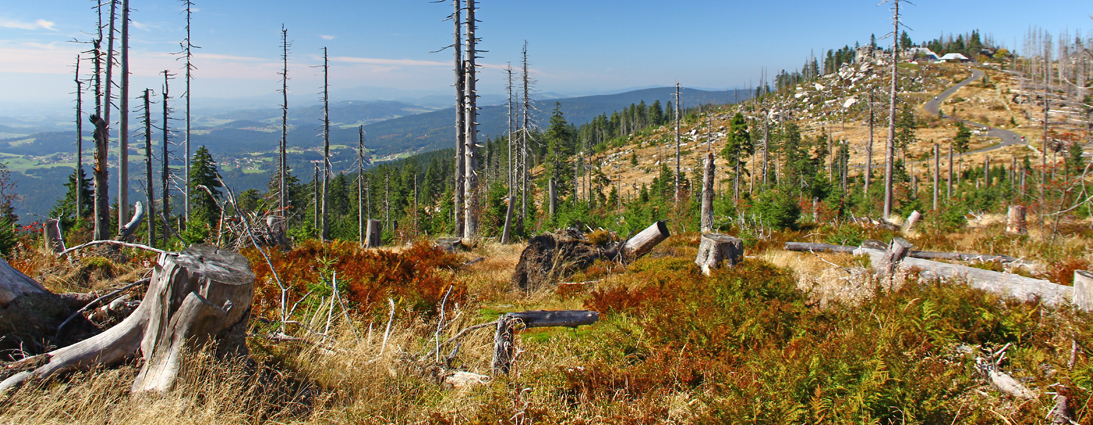

CSE helps create wood-to-energy demonstration project
The Center for Sustainable Energy (CSE) is a partner in a renewable energy project in California’s northeastern Yuba County that promises to help alleviate the threat of wildfire while demonstrating the practicality of using forest biomass that would otherwise simply decay for generating power.
Dead and dying trees are a problem throughout California’s Sierra Nevada, where years of drought, warmer temperatures and bark beetle infestations have created record levels of forest residues. In the Gold Rush town of Camptonville, a bioenergy power plant is in the planning, thanks to a $4.9 million grant from the California Energy Commission as part of its Electric Program Investment Charge (EPIC) program. The combined heat and power facility will produce electricity to sell to Pacific Gas and Electric and heat for use in conjoined businesses.
A first of its kind in the state, the 3-megawatt direct combustion boiler steam turbine generating facility will integrate advance emissions controls and a low water use condenser. The plant repurposes an old sawmill site and is set to create 27 new full-time jobs.
“This project takes what is otherwise a high-hazard risk material abundantly available in the local forest and turns it into power and revenue from the associated businesses,” said Shawn Jones, CSE senior project manager for technology integration. “Our hope is that the project also will serve as a model for biomass utilization that could be applied in other Sierra Nevada communities.”
The EPIC-funded project will be implemented by the Camptonville Community Partnership (CCP) in collaboration with ICF Inc., CSE, University of California Davis, Babcock Power Environmental, Direct Contact, Gaelectric and DE Solutions.
Over the past three years, CSE has worked with CCP to plan a wood-to-energy system, first by supplying assistance through the U.S. DOE Pacific Combined Heat and Power Technical Assistance Partnership that CSE administers, and then as partners in the project proposal. After construction, CSE will continue to help with system interconnection, operations and evaluation.
